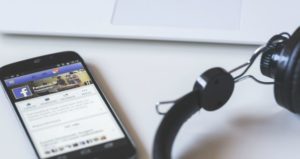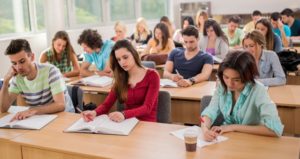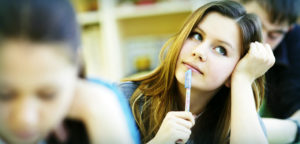
Multi-tasking Compromises Learning: A Sampling of the Evidence
Students in a general psychology course completed weekly surveys on various aspects of the class. They reported their attendance, and if they used laptops during class for things other than note taking (like checking email, instant messaging, surfing the net, playing games). They also rated




